New year, new me. That’s the common adage we hear after the dust, noise, and celebration settle down in the aftermath of New Year’s Eve.
For the Philippine automotive industry, however, a new setback in the form of added safeguard duties or import tariffs was announced by the Department of Trade and Industry (DTI), threatening to increase the SRP of imported vehicles sold locally.
While my editor already dropped his two cents about this issue before, explaining that these additional tariffs could do more harm than good, I’m here to report that there’s been a price increase (and some decrease) on several cars sold in the country. And no, these price changes aren’t what you think they are.
Ford
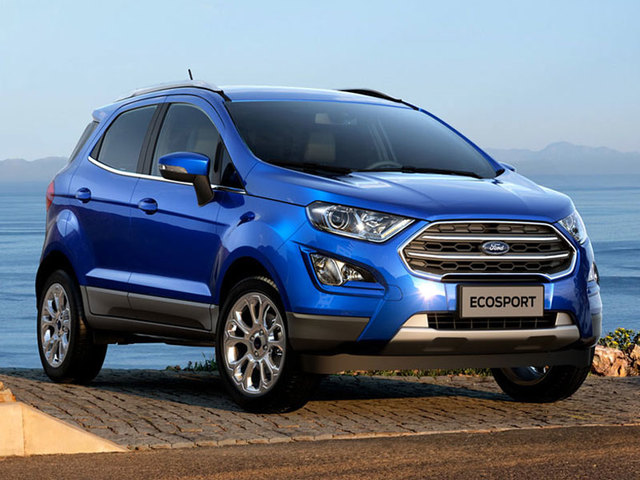
Let’s start the list with the price movements in the opposite direction of what you expect. Ford Philippines brings down the price tag of the EcoSport Trend variants, manual and automatic, to just below the P1-million mark. The EcoSport Trend MT now sells for P938,000 while the AT variant is at P998,000. The Territory Trend, however, gets a P20,000 price hike and now sells for P1,199,00.
Honda Cars
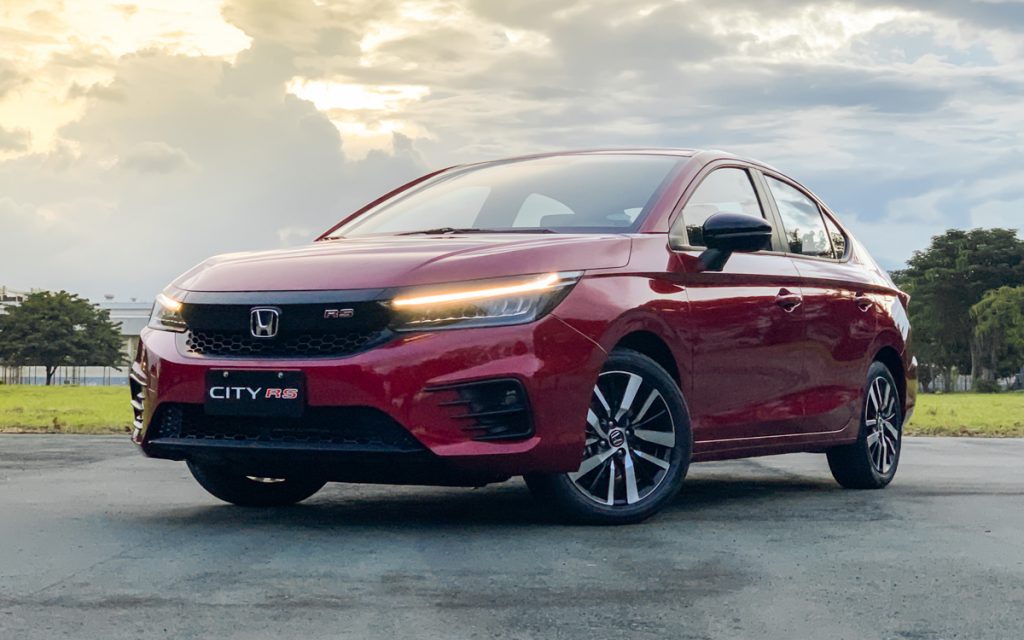
The price adjustment on some Honda cars is minimal and only affects the newly launched Honda City sedan. From P838,000, the Honda City now starts at P848,000 with the range-topping City RS carrying an SRP of P1,058,000.
Hyundai
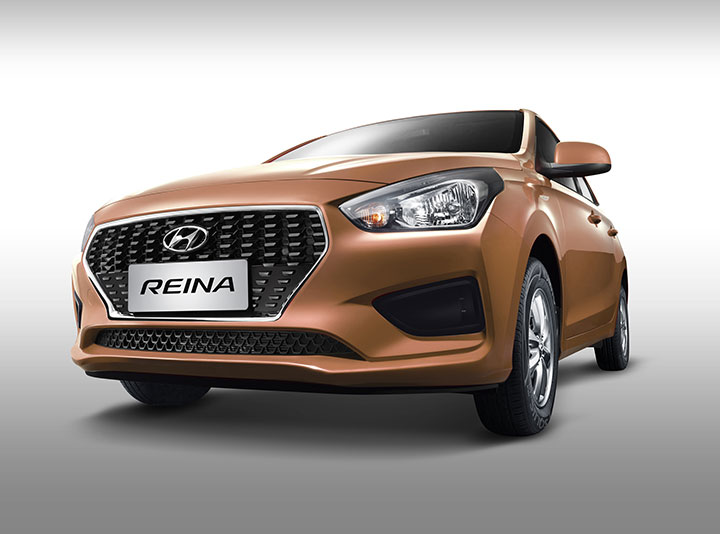
Hyundai Philippines also employed a minute price change on its smallest vehicle in the range, the Reina. There’s a P20,000 increase, bringing up the starting price of the China-sourced sedan to P683,000 and ceilings at P783,000.
Mitsubishi
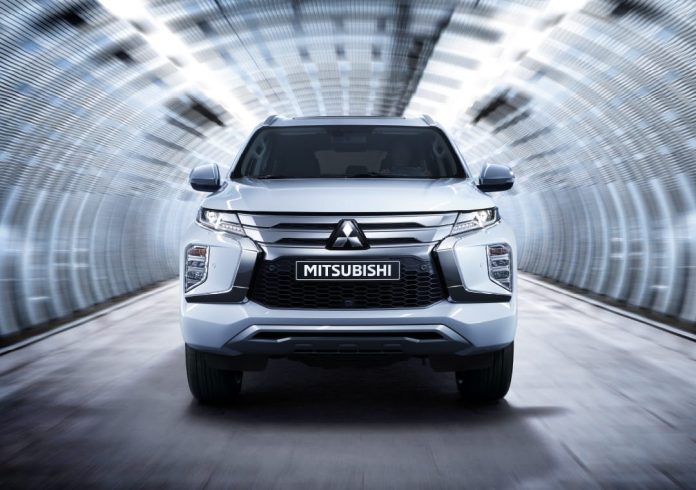
Just like Ford, the price movement for Mitsubishi is a mixed bag. While the Mirage gets a P5,000 price hike this January, the Montero Sport GLS 4×2 AT and Montero Sport GT 4×2 AT both got a huge price cut to P1,728,000 and P1,928,000, respectively.
Nissan
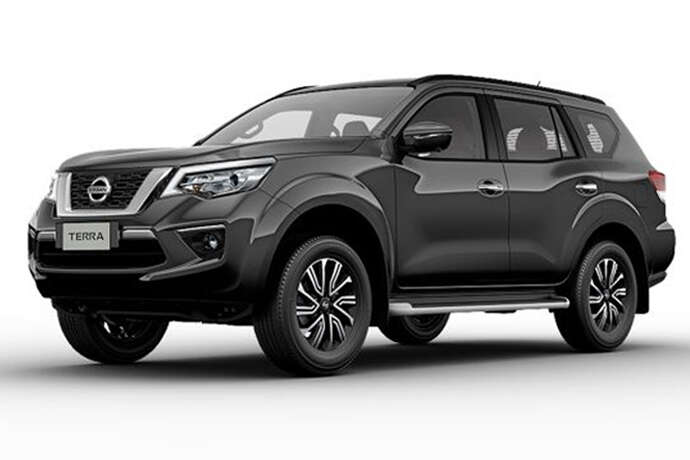
Nissan shows substantial price hikes on its two bestsellers, the Nissan Navara and Terra. For the Terra midsize SUV, there’s a P15,000 increase for the EL base model up to the VL 4×2 AT. The range-topping VL 4×4 AT, however, retains its P2,211,000 pricing for this month. As for the Navara, these variants saw a P24,000 increase in SRP: EL Calibre 4×2 MT, EL Calibre 4×2 AT, EL 4×4 MT, VL 4×4 MT, and VL 4×4 AT.
Subaru
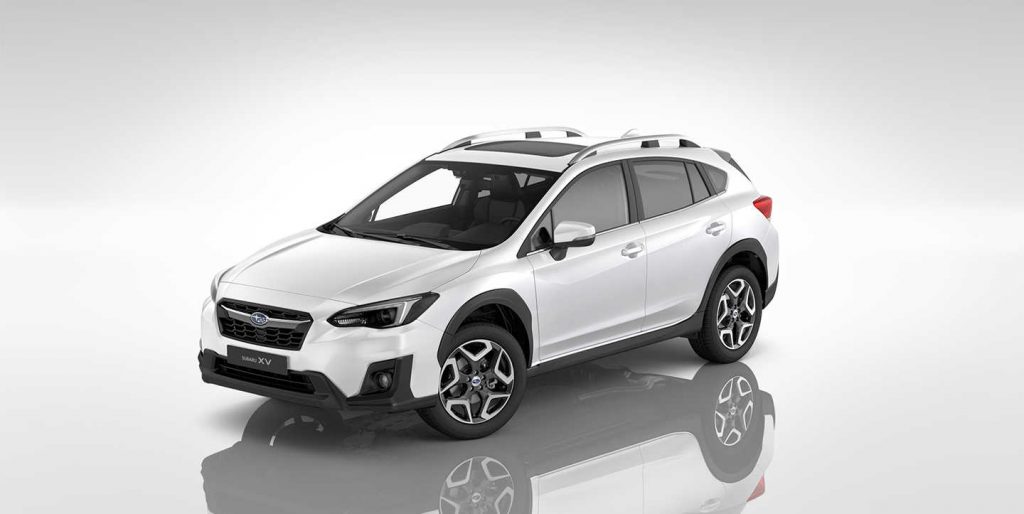
Subaru Philippines’ bestseller, the XV, gets a price increase across the range, reflecting an additional P50,000. The Subaru XV now starts at P1,618,000 for the 2.0i while the top-spec EyeSight GT Edition 2.0i-S sells for P1,988,000.
Suzuki
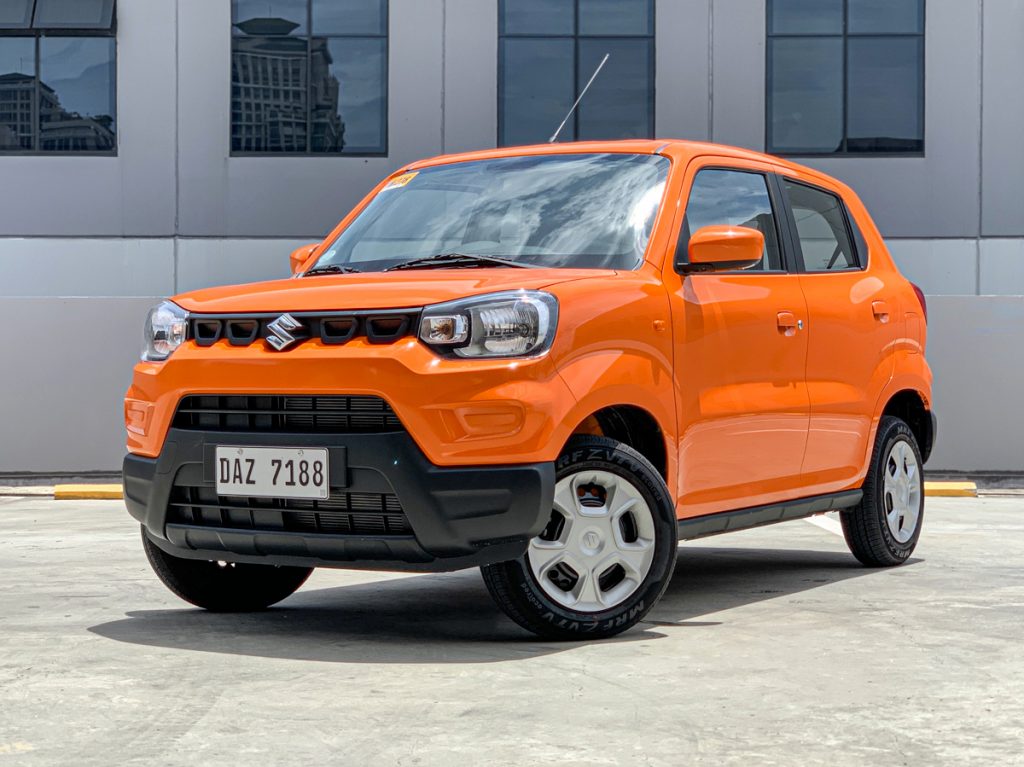
Suzuki Philippines has the most diverse increase in prices in its lineup this January 2021. The S-Presso, which debuted with a price tag of P518,000 now sells for P523,000, while the bigger hatchback, the Celerio, gets an additional P30,000 on its sticker price.
The APV GA MT and GLX MT also received a P5,000 price hike, as well as the sole variant of the XL7, the GLX AT, which now sells at P1,073,000. For commercial vehicles, the Carry Truck, Utility Van, and Cargo Van variants, all get a P30,000 price hike.
Toyota
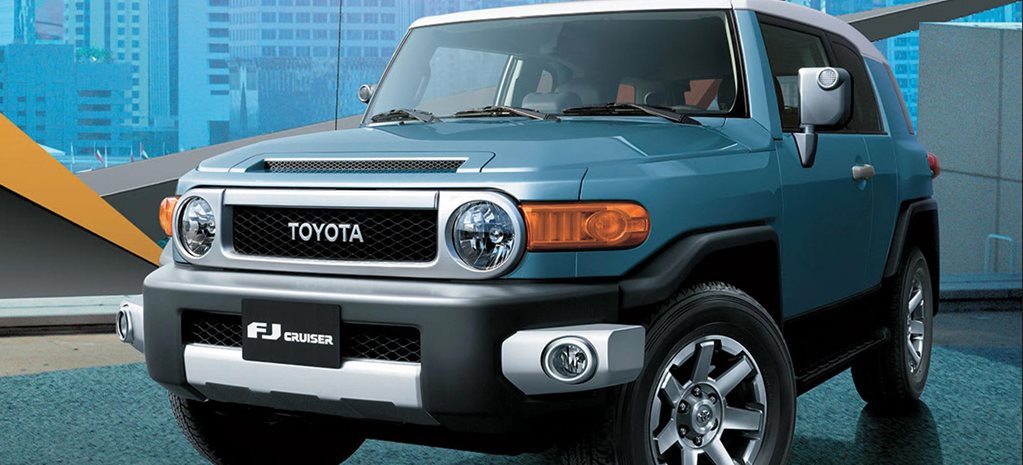
Don’t worry. The Toyota price movements don’t include the more mainstream models such as the Vios or the Wigo. The FJ Cruiser, or at least the remaining stocks of it, got a P15,000 price increase to P2,098,000. The Hiace Commuter Deluxe MT, on the other hand, received an additional P15,000 and now sells at P1,649,000. Unfortunately, the Prius also received a P15,000 hike, now selling for P2,354,000.
Not safeguard duties… yet
While you may think (or other publications make you think) that these price movements are already the start of the dreaded price hike caused by the DTI’s safeguard tariffs, they aren’t just yet. The DTI’s proposal is yet to be implemented and will impose bigger price movements than what you’ve seen above.
Of note, the provisional safeguard duties come in the form of cash bonds amounting to P70,000 on each imported passenger car, and P110,000 on each imported light commercial vehicle. These will only be implemented 200 days from the issuance of an order from the Bureau of Customs.
While these amounts don’t necessarily mean additional prices, they will, of course, lower the profit margin of these car companies, leaving them no choice but to increase the SRP.
We’ll be on our toes for the upcoming price increases caused by the safeguard duties but for now, we can all breathe easier until that day comes.

